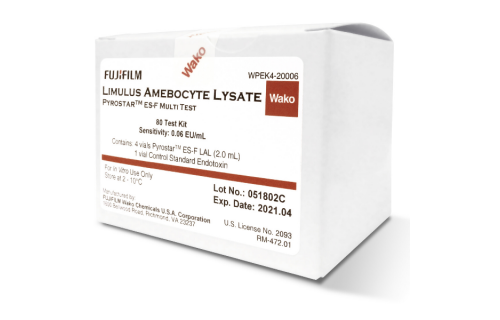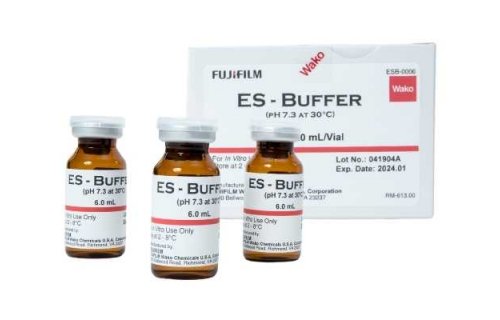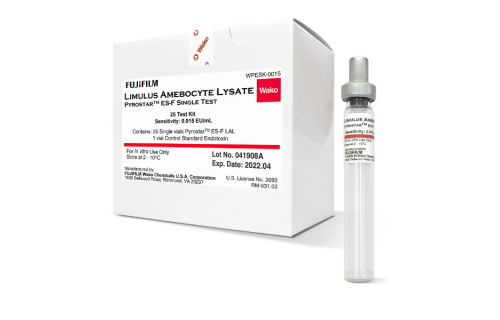Comparing the LAL Method with the Pyrogen Test on Rabbits
Lipopolysaccharides (LPS) are a constituent of the bacterial cell wall. They are released during infection and are a significant factor in causing fever and septic shock. The LPS molecule is composed of three components: a polysaccharide, a core oligosaccharide, and a lipid A portion. It is the lipid A portion that gives LPS its toxic and pyrogenic properties. Quality control mandates the detection of LPS in parenteral preparations of vaccines, thus ensuring their safety and efficacy. When it comes to detecting endotoxin, the Rabbit Pyrogen Test (RPT) and the Limulus Amoebocyte Lysate (LAL) assay are two procedures that are frequently employed.[1, 2]
Rabbit Pyrogen Test (RPT)
The RPT is a qualitative technique that identifies the existence of contaminating pyrogens (which cause fever) in parenteral preparations. The process involves measuring temperature variations in rabbits after they have received a test sample. The test was added to the US Pharmacopeia in 1942 as a result of the increased usage of intravenous solutions during the second world war. Through continuous refinement, the pharmacopeial methods have been updated to incorporate rabbit screening, effectively reducing false positives.[3]
Animal models are frequently used to replicate how humans respond to diseases and medications. Rabbits were selected for the pyrogen test as their sensitivity to endotoxin closely resembles that of humans.[3]
Drawbacks: Apart from the accuracy of the results, the primary disadvantage is the involvement of animals in the procedure, each dissolution test requires three animals. The main reasons for looking for an alternative to RPT are its accuracy being in question and the potential violation of animal protection.[4]
The presence of various substances, both internal and external, could potentially impact the rabbits' temperature, thus complicating the use of this test for detecting endotoxins in a sample.
This method is not suitable for detecting pyrogens in medications like steroids and chemotherapy drugs, which belong to a group of substances that can trigger a temperature increase in organisms upon administration, presenting a significant limitation.
Limulus Amoebocyte Lysate (LAL)
The blue blood of the horseshoe crab is highly prized by the biomedical industry as a natural and irreplaceable resource. The Limulus Amebocyte Lysate (LAL) produced by horseshoe crab blood cells is a highly advanced sensing mechanism used to detect bacterial and fungal cell-wall components with exceptional sensitivity. The use of LAL tests has greatly improved the quality control of pharmaceutical drugs and medical devices by effectively replacing the rabbit pyrogen test.[5]
This test quickly became the preferred method for detecting bacterial endotoxins due to its low limit of detection, improved specificity, cost-effectiveness, consistent results, and ability to quantify endotoxin levels. The ethical implications of this test mean that the haemolymph extraction process does not harm the crabs' well-being, even though animals are involved.
The PYROSTAR™ ES-F single-test and multi-test kits, using the LAL gel-clot method, offer a straightforward approach and can detect sensitivities ranging from 0.015 to 0.25 EU/Ml . Healthcare facilities, pharmaceutical companies, and other industries use it to confirm the absence of endotoxins in their products and surroundings. Studies have demonstrated that the LAL test is five times more sensitive in detecting pyrogens compared to the Rabbit Test.[6]
References
- Park, C.Y., et al., Comparison of the rabbit pyrogen test and Limulus amoebocyte lysate (LAL) assay for endotoxin in hepatitis B vaccines and the effect of aluminum hydroxide. Biologicals, 2005. 33(3): p. 145-51.
- Cadenas, S. and A.M. Cadenas, Fighting the stranger-antioxidant protection against endotoxin toxicity. Toxicology, 2002. 180(1): p. 45-63.
- Vipond, C., et al., Limitations of the rabbit pyrogen test for assessing meningococcal OMV based vaccines. Altex, 2016. 33(1): p. 47-53.
- Valentini, S., et al., Monocyte-activation test to reliably measure the pyrogenic content of a vaccine: An in vitro pyrogen test to overcome in vivo limitations. Vaccine, 2019. 37(29): p. 3754-3760.
- Tamura, H., J. Reich, and I. Nagaoka, Outstanding Contributions of LAL Technology to Pharmaceutical and Medical Science: Review of Methods, Progress, Challenges, and Future Perspectives in Early Detection and Management of Bacterial Infections and Invasive Fungal Diseases. Biomedicines, 2021. 9(5).
- Karesh, S.M.J.J.o.n.m.t., Sterility and pyrogen testing of radiopharmaceuticals. 1989. 17(3): p. 156-159.






